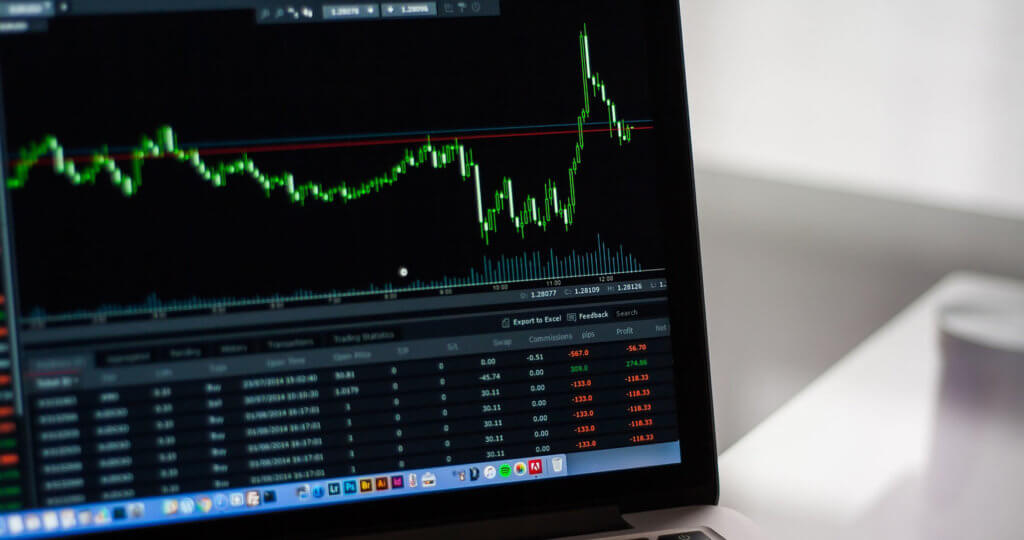
We are now 15 months along since the market hit its pandemic low on March 23, 2020. In that time, U.S. stocks have just about doubled and our beloved value stocks have graciously joined the party. Thankfully, many global economies are beginning to open up and slowly return to life. But there is always something looming that could again derail the markets, the economy and our lives. The concern du jour is inflation. After several years of running below the Federal Reserve’s target of 2%, a recent turn up in inflation has the most vocal alarmists warning that today’s environment too closely resembles that of the 1970s. There is never any certainty if, how, or when the market will react to inflationary pressures. The equity market cannot be consistently timed any more than the economy can be consistently forecast, so I will refrain from attempting to do either here. However, Fed Chairman Jerome Powell has expressed that he believes recent inflation spikes are transitory and that he is in no rush to tighten monetary policy… we have no basis to disagree.
The Philadelphia Fed survey predicts less than 2.5% inflation over the next five and ten years—the bond market suggests something similar. Those rates are consistent with the Fed’s long-term targets and as of this writing, there is nothing that suggests anything more dire is on the horizon. In his most recent remarks, Powell reiterated that “Amid this progress and strong policy support, indicators of economic activity and employment have strengthened.” However, some are wary his subsequent comments intimate that there may be a need to raise interest rates earlier than expected (mind you, we are still talking about two years away, in all likelihood). Having to put on the brakes a bit to keep the economy from overheating was NOT the concern the majority of us had just a year ago when a prolonged recession, or worse, seemed imminent. Regardless, while rate increases may cause short term market fluctuations, the last four instances show the S&P 500 was up meaningfully two years hence. For long-term investors, this should provide some comfort and allow them to tune out the short-term noise.
During inflationary times, many look to gold as a store of value. However, gold gets more credit as an inflation hedge than it deserves. It’s true that it beat inflation in the 1970s but then subsequently fell 2.8% per year over the next two decades, while inflation increased by 4%. Since the end of 1980, gold has had an annualized return of nearly 3%, just barely keeping pace with inflation, while the S&P 500 compounded returns at approximately 11.5%! Similarly, the S&P 500 outperformed gold in 25 of those 40 years and had a negative return in just seven compared to 16 for gold. Stocks have consistently increased long-term investors’ purchasing power due to businesses’ ability to raise prices and create new sources of value.
The newer entrant in the “store of value” conversation is Bitcoin. However, with daily swings of 5-10% or more, at times sparked by nothing more than a celebrity tweet or comment on a late night skit show, we find Bitcoin questionable as a trusted store of value or medium of exchange given the receiver can have no confidence in what it will be worth in days, let alone hours after receiving it. To wit, since 2012, Bitcoin has experienced 14 sell offs of more than 30% and three of more than 80%. For a speculative trading asset, this kind of volatility is desirable, but for a currency or store of value it decidedly is not. Something that warrants attention is heightened regulatory attention (read scrutiny) due to its increasing popularity and penchant for scams. And as people become more mindful of environmentally responsible investing, one should consider that over the past two years, the mining of Bitcoin has caused carbon emissions to increase by over 40 million tons—equivalent to adding nearly 9 million cars to the road. No other human activity today has a higher carbon footprint per dollar invested. We don’t dismiss that Bitcoin could ultimately be a valuable asset. But given its speculative nature, we can’t arrive at a calculus to determine what fair value is and given its volatility, do not feel comfortable investing our clients’ money here at this time.
In this context, Harris Associates has, at times, been accused of adhering to an old fashioned way of thinking that lacks the prescience to anticipate the next big opportunity. George Burns once said, “I look to the future because that is where I intend to spend the rest of my life.” Our research analysts spend a lot of their time looking at what the next five to seven years might look like and where technological disruption and opportunity may occur. With that said, we believe that an asset must have a quantitative foundation on which it is valued. We did not participate in the late 1990s dot-com boom primarily because we did not understand how companies with very low levels of sales and no earnings could have such rich valuations. We weren’t categorically dismissive of those names, but their prices strained our credulity. Therefore, we “stayed in our lane,” as the kids say nowadays, and looked for those opportunities where we had more experience and a higher level of confidence. To our clients who were patient and stuck with us, our stodgy discipline was of great benefit as our style thrived in subsequent years while the tech bubble imploded.
Financial journalist and author Jason Zweig opines that when determining the investment merit of an asset, an investor relies on internal sources of return such as earnings, income, and revenue growth while a speculator hopes for fast profits and counts on external sources of return—primarily whether somebody else is likely to pay more for it. This Wall Street adage comes to mind:
I can’t tell you how to get rich quickly but I CAN tell you how to get poor quickly— by trying to get rich quickly.
There will always be those who look for a shortcut to wealth in the markets. Massive retail trading in stocks like GameStop and AMC Entertainment illustrates that:
A good summary of investing history is that stocks pay a fortune in the long run but seek punitive damages when you try to be paid sooner. Virtually all investing mistakes are rooted in people looking at long-term market returns and saying, ‘that’s nice, but can I have it all faster?’
Another issue atop people’s minds is tax policy. We have no better information than anyone else on this. But we think capital gains rates could likely be higher in 2022 and beyond. Our disciplined strategy calls for us to sell or trim those positions that approach our estimate of fair value and redeploy those proceeds in names that have a better risk-reward profile. With the market as strong as it has been this year, this is happening with some frequency. The likely result will be a year where our clients can expect realized gains, perhaps more than usual. We will do our best to minimize gains over the remainder of the year, but our priority will always be to make the proper investment decision. Interestingly, only 25% of U.S. equities are held by taxable investors. The other 75% are held by non-tax paying entities, such as pension funds, retirement accounts, endowments and foreign investors. If the market dips due to an increase in capital gains rates, there is plenty of money that will be unaffected and positioned to provide support. Furthermore, the correlation between taxes and market performance is unclear. The last time capital gains taxes were increased in 2013, the S&P 500 ended the year up over 30%—go figure.
Though value stocks have rebounded nicely in the last year, the gulf in valuations between growth and value names is still near a historic high. And given the low interest rate environment, we feel stocks provide a much more attractive investment than buying a long dated bond that yields less than inflation. Consumer net worth and home prices are at all-time highs. And, very importantly, demand for hourly workers has improved, which has led to better wages and higher savings rates for that group. All of this bodes well for the 70% of the economy that is driven by consumers. So while we caution that returns for the second half of the year will most assuredly be more benign, there are opportunities to be had in those pockets of the market that we believe to be undervalued.
As always, we thank you for entrusting us with your investment assets and your continued support. Lastly, the best compliment we can receive is a referral from a satisfied client. We appreciate your referrals and handle them with the utmost of care.
Past performance is no guarantee of future results. Current performance may be lower or higher than the performance data quoted. The gross performance presented does not reflect the deduction of investment advisory fees. All returns reflect the reinvestment of dividends and capital gains and the deduction of transaction costs. The client’s return will be reduced by the advisory fees and other expenses it may incur in the management of its account. The advisory fee, compounded over a period of years, will have an adverse effect on the value of the client’s portfolio.
The S&P 500 Total Return Index is a float-adjusted, capitalization-weighted index of 500 U.S. large-capitalization stocks representing all major industries. It is a widely recognized index of broad, U.S. equity market performance. Returns reflect the reinvestment of dividends. This index is unmanaged and investors cannot invest directly in this index.
Certain comments herein are based on current expectations and are considered “forward-looking statements”. These forward looking statements reflect assumptions and analyses made by the portfolio managers and Harris Associates L.P. based on their experience and perception of historical trends, current conditions, expected future developments, and other factors they believe are relevant. Actual future results are subject to a number of investment and other risks and may prove to be different from expectations. Readers are cautioned not to place undue reliance on the forward-looking statements.
The information, data, analyses, and opinions presented herein (including current investment themes, the portfolio managers’ research and investment process, and portfolio characteristics) are for informational purposes only and represent the investments and views of the portfolio managers and Harris Associates L.P. as of the date written and are subject to change without notice. This content is not a recommendation of or an offer to buy or sell a security and is not warranted to be correct, complete or accurate.
Investing in value stocks presents the risk that value stocks may fall out of favor with investors and underperform growth stocks during given periods.







